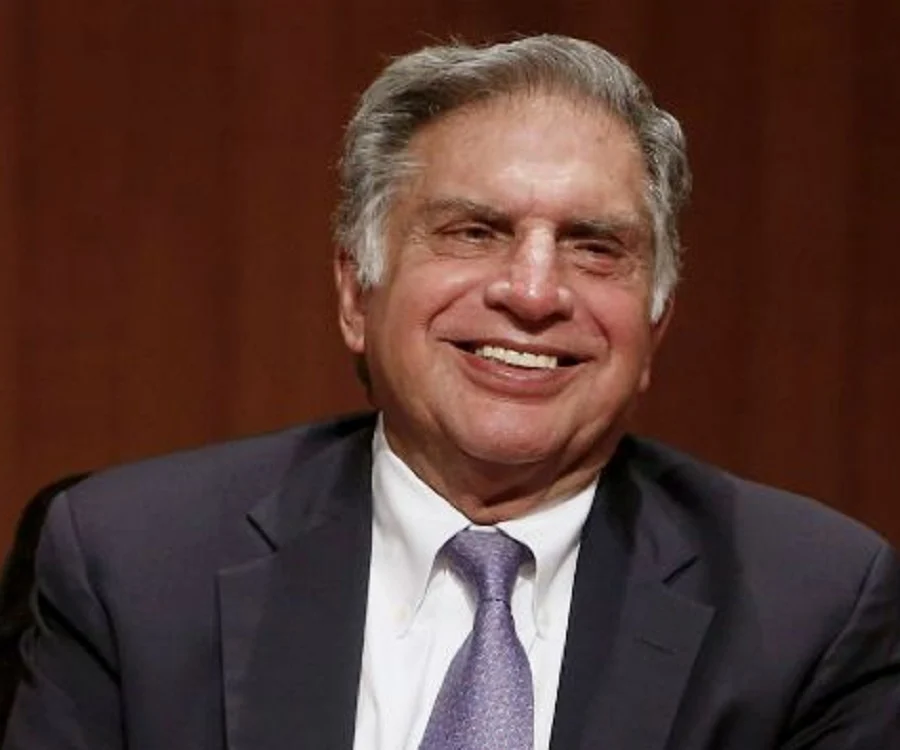Shehnai
Shehnai is a traditional musical instrument from India that is widely recognized for its distinctive sound and association with weddings and auspicious occasions. It belongs to the family of wind instruments and is similar to a double reed oboe. The shehnai has a long cylindrical body made of wood, usually ebony or rosewood, with several metal keys and finger holes.
The instrument typically consists of a main pipe with seven finger holes and a brass or copper bell at the end. It has a double reed, which is attached to a metal tube known as a staple. The musician blows air into the shehnai through the reed, producing a unique and rich sound.
Shehnai music is deeply rooted in Indian classical music and is considered one of the essential instruments in North Indian classical music ensembles. It is known for its ability to create soulful and melodious tunes. The instrument is played by using a combination of finger movements and controlled blowing techniques to produce different pitches and ornamentations.
Traditionally, shehnai has been associated with Indian weddings and is often played during the marriage processions or at the entrance of the bride and groom. Its sound is believed to bring good luck and happiness. However, shehnai is not limited to weddings and is also performed in various other cultural and religious ceremonies, as well as in concerts and recordings.
The shehnai has gained popularity beyond the borders of India and has been adopted by musicians and composers worldwide due to its unique tonal quality and versatility. Notable musicians, such as Ustad Bismillah Khan, have elevated the status of the shehnai through their virtuosity and contributions to the art form.


Comments
Post a Comment